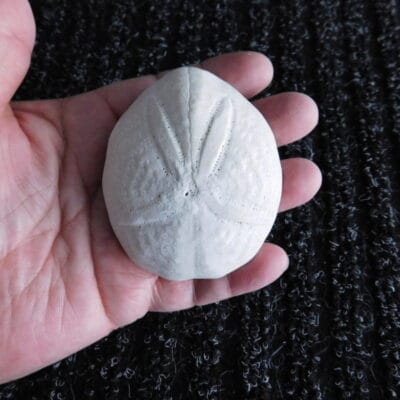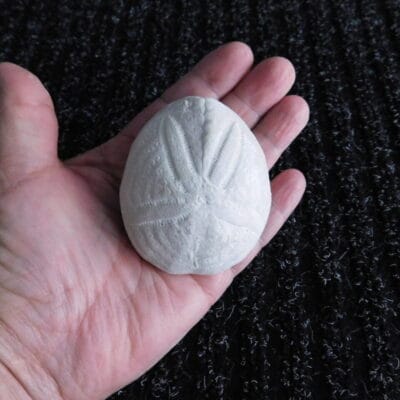Description
Pleistocene; 1+ million years old
The talus, talus bone, astragalus, or ankle bone is one of the groups of foot bones known as the tarsus. The tarsus forms the lower part of the ankle joint. It transmits the entire weight of the body from the lower legs to the foot.
Odd-toed ungulate is the common name for any of the hoofed, herbivorous, terrestrial mammals comprising the order Perissodactyla, characterized by a pulley-like groove in the proximal surface of the astragalus (a bone in the ankle joint) and an odd number of functional toes (one or three), with the axis of each limb going through the enlarged middle (third) toe. Perissodactyls include such well-known members as horses, zebras, tapirs, and rhinoceroses. Perissodactyla is one of two living orders of ungulates (hoofed mammals), the other being Artiodactyla, the even-toed ungulates, which have a double-pulley astragalus and an even number (two or four) of functional toes.


































Reviews
There are no reviews yet.